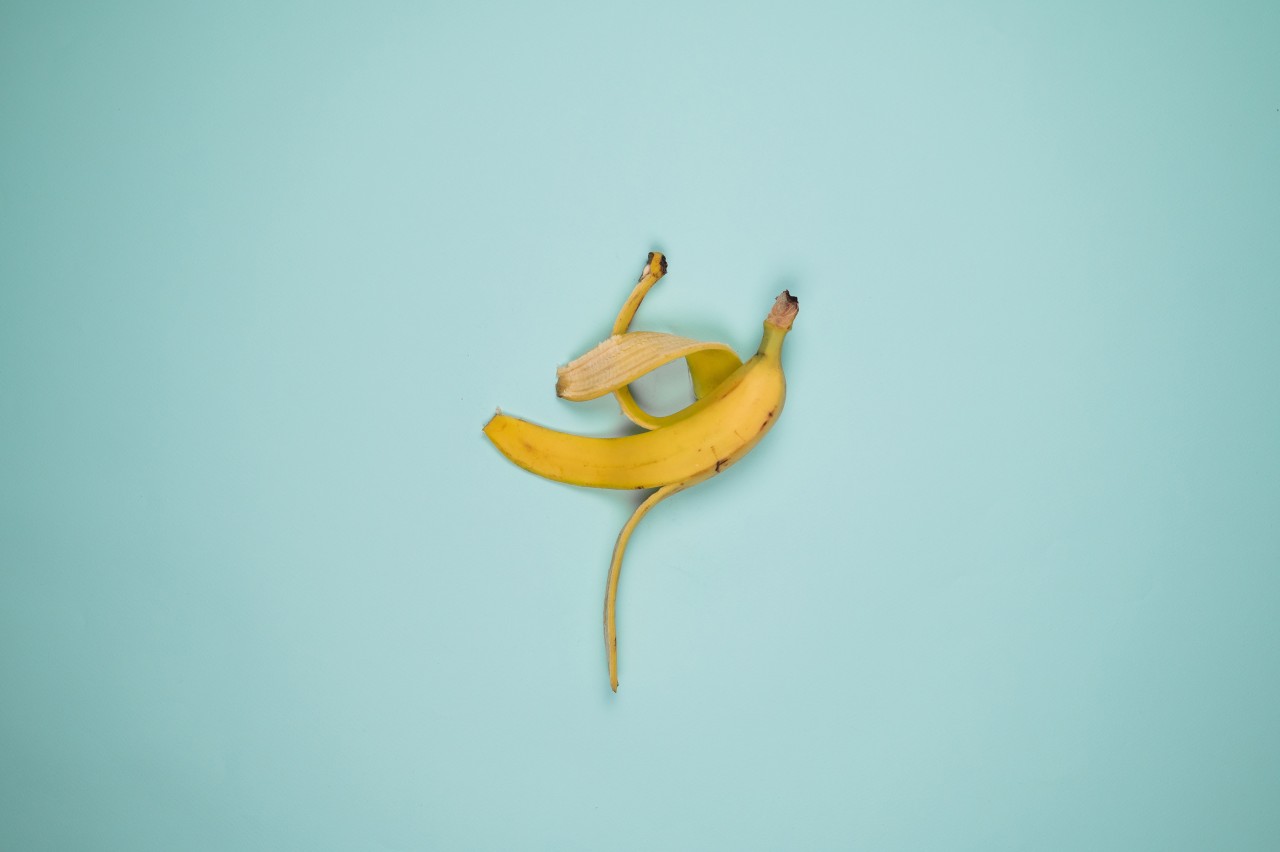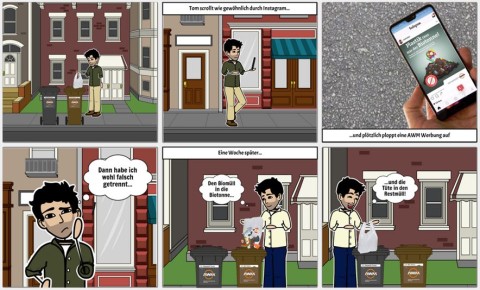Detection of Foreign Substances in Biowaste
DTLab Challenge with the Waste Management Company Munich

Overview
This challenge was conducted together with the largest municipal waste management company in Germany, the Abfallwirtschaftsbetrieb München (AWM). It offers Munich's citizens and businesses a reliable and environmentally friendly waste disposal service. At stable and fair fees, waste containers are emptied, residual waste is thermally recycled and other materials are sorted for reuse. In addition, electricity and heat are generated by fermenting biowaste in the dry fermentation plants (TFA) suitable for this purpose and high-quality soil products are produced by subsequently composting the fermentation residues. Based on the concept of ecological waste management, it is hoped to further increase the recycling rate and thus the ecological cycle of reuse.

Problem
Recently, the proportion of foreign matter, such as plastic, in biowaste has increased significantly. This has a big impact on the quality of the final product. A particular complication is the contamination with compostable BAW waste bags. Bags made of biodegradable plastics cannot be completely broken down in the municipal treatment plant - the rotting time of around 12 weeks is too short for this. The bags are chopped up into small particles when the digestate is sieved after rotting, contaminating the finished compost and thus lowering the quality of Munich's soil.
Current situation
AWM collects the organic waste of all Munich households in 120 and 240 litre containers at the house every 14 days and transports some of it to its own recycling plant. Because of the above-mentioned problem, four teams, each with two quality inspectors, are on the road every working day to inspect the contents of the organic bins on site. They check the upper 20 cm of the container filling and affix a yellow or red sticker to the organic bins, depending on the amount of foreign matter. In the event of contamination by small quantities of BAW compostable waste bags, the bin receives a yellow sticker. The contents of this bin will thus still be composted, as the contamination is considered moderate. A red sticker indicates severe contamination, which is why the contents of this organic waste bin are disposed of as residual waste and the homeowner is charged the cost of emptying residual waste. In both cases, additional information leaflets and paper bags are placed in the letterboxes of the respective households.
Survey
Within the framework of an online survey, 94 participants were questioned. 78 of them were residents in Munich. The age distribution of the Munich residents was 75.6% 18–29-year-olds, 20.5% 30–65-year-olds and 3.8% > 65-year-olds. It turned out that 15 people (17.2%) had been informed about the organic waste campaign "Plastic out of the organic waste bin!" of Munich's waste management company before. 14 participants (17.9%) stated that they had already received a notification about an incorrectly filled bin. When asked which medium would be best to reach citizens to educate them about waste separation, 47 participants (61%) chose the app Instagram.
Approach
To find a first solution draft, students from the Munich University of Applied Sciences conducted two innovation workshops in cooperation with the AWM. There they used Amazon's innovation method "Working Backwards", which aims to find the origin of a problem and thus simplify the process of finding a solution.
During the first workshop, we clarified the wishes and needs of the AWM. As a result, we found out what its actual problem was. Then we created a so-called empathy map that was used to map the thoughts and feelings of the stakeholders involved. The map raises awareness of the customer's point of view and serves to align corporate activities.
In the second workshop, ideas to solve the problem were developed using the "Crazy 8"-method. The ideas were then presented and sorted into thematically related groups. In the end, the participants prioritised the ideas.
As a result of these workshops, we found that the best approach to tackle the core problem would be more education, especially through social media platforms.
Procedure
On the one hand, the educational work should take place via influencer collaborations. They have a high reach and at the same time a role model function for many people. When selecting the influencers, attention has to be paid to a high reach in Munich. The influencers will be sent sample paper bags and will be asked to post a weekly story in which they explain the importance of waste separation. They should also call on their followers to separate their waste properly.
On the other hand, the education is to take place in the form of short advertising clips, which are to be placed on YouTube, Instagram, Snapchat and Facebook. These 30-second clips will show what goes into the organic waste bin and what does not. The aim is to explicitly draw attention to the problem of the BAW bags. By creating different advertising clips, it is possible to target different groups of people. By evaluating the online data of the social media users, an algorithm recognises which advertising clip is appealing to which target group. With the help of personalised advertising, it can be ensured that the advertising is interesting for citizens and that they are more likely to actually engage with the topic.
In addition, a high number of advertising banners are to be placed in so-called feeds to be as present and conspicuous as possible to the citizens. Our storyboard will be used as an advertising banner. The website or the Instagram account of the AWM should be linked in the banner to provide more information about waste separation.
Organisation: AWM - Munich Municipal Waste Management Company
Lecturer: Prof. Dr. Olav Hinz, Department for Engineering and Management
Date: 15.01.2021
Documents
As part of the challenge, the following documents were created:
The source code is also available on Github.